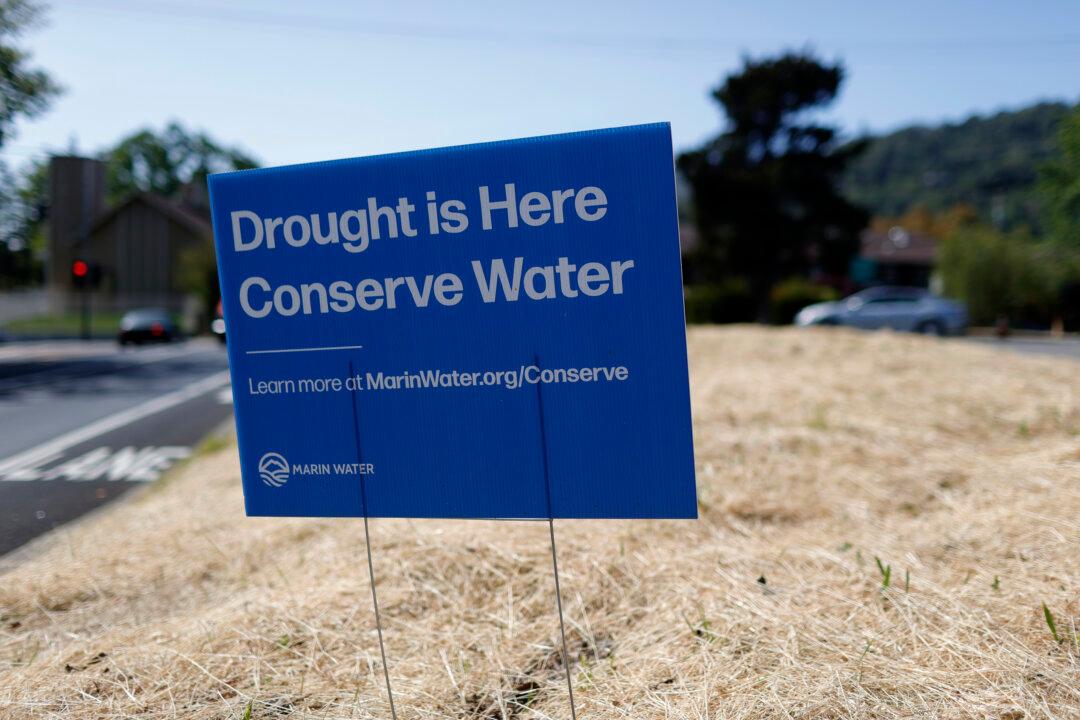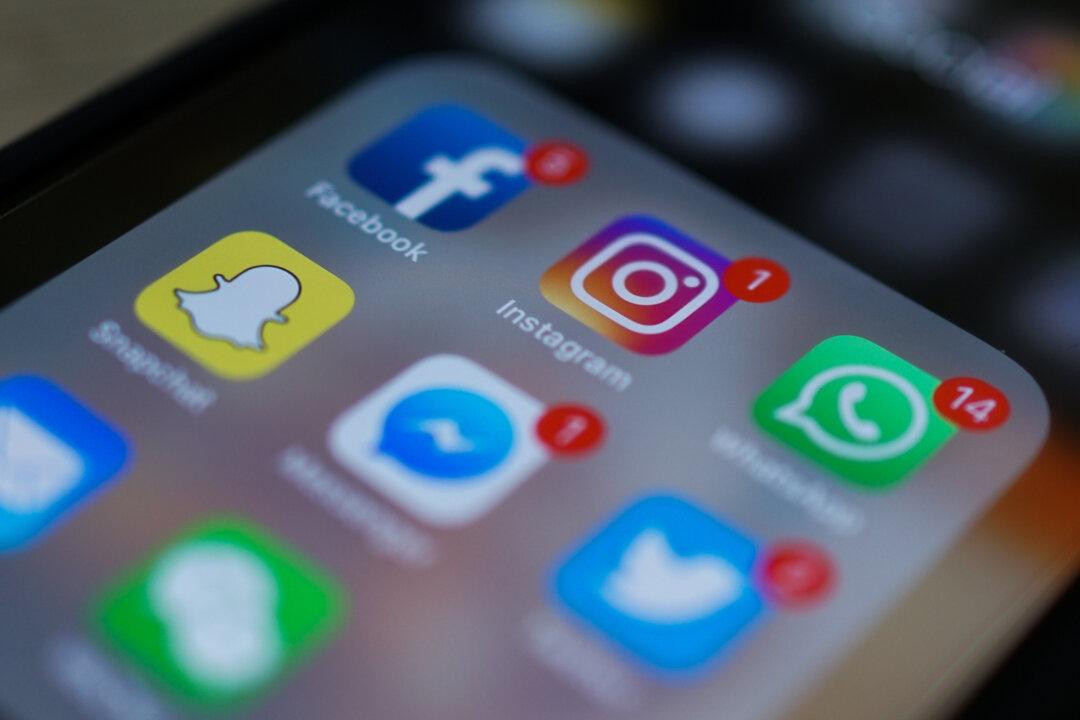The appeal for green is growing: Among Americans, 77 percent say they are concerned about the environmental impact of the products they buy, according to a study this year from GreenPrint, an environmental technology company.
In addition, nearly eight in 10 consumers indicate sustainability is important to them, and more than 70 percent would pay an average of 35 percent more for brands that demonstrate environmental responsibility, per an IBM survey released in 2020 (pdf). These preferences signal a change from several years earlier, when a study by Euromonitor International found consumers were ambivalent toward environmental claims by companies.





